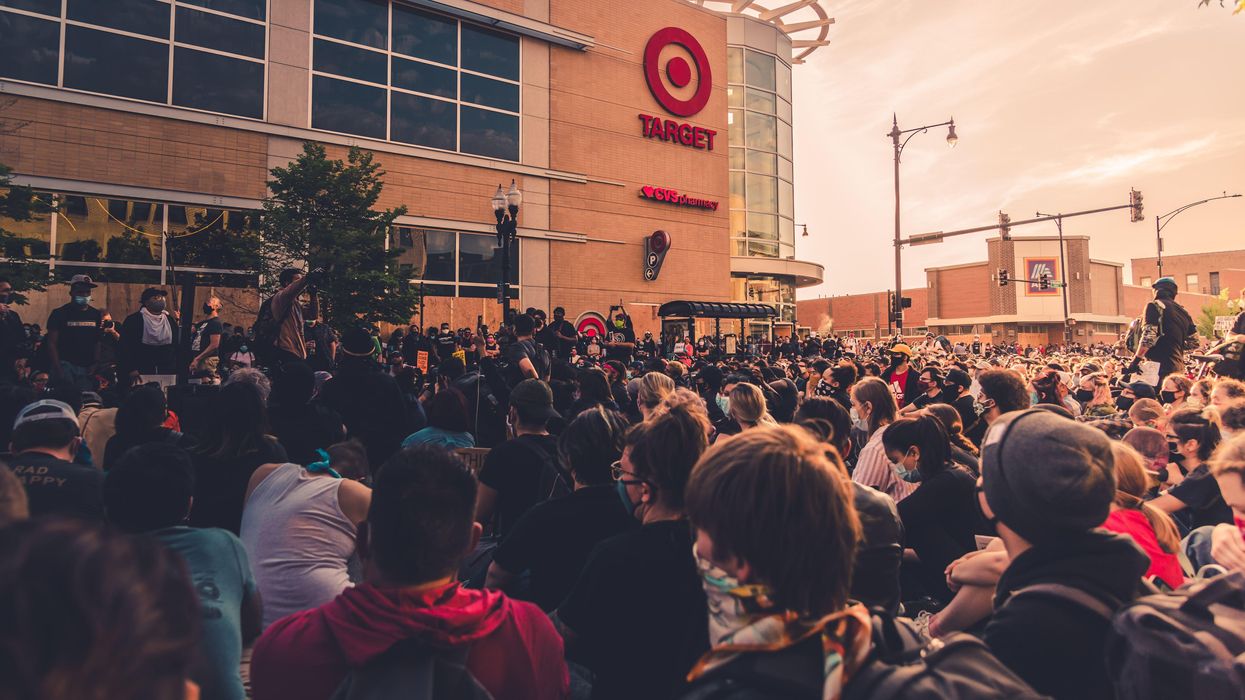Retail Channels
01 March 2022
Target makes digital investments in ads, fulfillment
The retailer is investing up to $5 billion to scale across operations.

Traget
Photo by Max Bender on Unsplash
The retailer is investing up to $5 billion to scale across operations.

Traget
Coming off a surge of growth in the pandemic, Target is making an investment of up to $5 billion to improve its experiences and scale operations. This will include digital upgrades and fulfillment capabilities that will improve the retailer’s ecommerce operations.
Among digital upgrades, Target said it will expand Roundel, a service that optimizes advertising placement on Target.com. The media investment comes on the heels of announcements by Amazon and Walmart that revealed massive ad businesses worth billions of dollars. The company said Roundel drove more than $1 billion in value in 2021, but it's not clear whether that means overall revenue is at that level.
Target is also looking to expand its same-day fulfillment services. These have grown 400% since 2019, which accounts for half of the company’s $13 billion digital growth. Target will be expanding its sortation center model, which provides next-day local delivery in specific geographic areas, beyond Minneapolis. It is planning facilities in Dallas, Houston, Austin, Atlanta and Philadelphia, followed by five more cities to be announced at a later date.
This complements a strategy of positioning the big box locations for both in-person retail and ecommerce distribution hubs as online shopping increases. Target executives said 95% of orders were fulfilled in its stores in the fourth quarter, whether it was through an IRL sale or digital order.
When it comes to Target's growing ecommerce business, the stores serve as both order fulfillment and pickup locations. With nearly 2,000 stores, Target already has locally-positioned hubs to serve customers close to home. Now they will be complemented by more facilities enabling local-level delivery.
The growth announcements came as Target reported $106 billion in revenue for 2021, growing 35% over the two years of the pandemic-driven demand for consumer goods.
The quick commerce marketplace is partnering with Rokt to expand beyond CPG advertising.
(Photo via Gopuff)
In some ways, retail media campaigns function like promotions in a brick-and-mortar store.
With retail media, brands can reach customers with advertising on the websites where shopping is taking place. This proximity to the point of sale provides an opportunity for brands who are already selling within a marketplace to take advantage of opportunities to elevate their position in search results, and stand out from a crowd of listings. This is the same goal that many brands have when they purchase highly-trafficked space in a store. But instead of checkout aisle and endcap placements, there are now sponsored products in search results.
But that’s not the end of the story.
The fact that retail media is internet-based and powered by first-party data collected at the purchase level is poised to open up new opportunities to reach consumers that go beyond today’s norms.
One such example is the introduction of non-endemic advertising. This allows brands that aren’t directly selling a product within a marketplace to purchase ad space.
Why would a brand want to advertise in a place where they can’t make a direct sale? The thinking goes like this: The marketplaces have the audience, and the data on them that allows for precise targeting. They can be places to learn about a new product, just as much as they can be a place to buy.
One early example of the recognition of the opportunity in non-endemic advertising arrived this month. The quick delivery marketplace Gopuff partnered with ecommerce technology company Rokt to enable brands outside the CPG category to advertise on Gopuff’s app.
Under the hood, the companies are combining machine learning technology from Rokt that is designed to present relevant offers to customers with a Gopuff audience that is made up of Gen Zers and millennials, engaged and curious about trying new brands.
The partnership will enable advertisers to target customer segments by demographic and location. Customers will also receive offers to try new brands, such as Hulu, AdoreMe and Noom.
What sets this advertising approach apart will be the consumer categories where it is focused. Typically, ads on Gopuff are focused around the convenience store items already available on the app. Now, shoppers will see other kinds of products in the mix, and they will click through to checkout pages that are outside Gopuff if they are interested in buying. This also has the potential to change how advertisers approach media spend. It means everyone from a sporting goods brand to a car company can now consider Gopuff as they plan. They must also consider how these channels work together as a whole.
"We are thrilled to partner with Gopuff and enhance its ad business, helping it move beyond the CPG category," said Elizabeth Buchanan, CCO of Rokt, in a statement. "By delivering relevant offers to Gopuff users, Rokt will help Gopuff Ads' brand partners across all categories create more meaningful customer connections and drive incremental sales."
The partnership underscores how retail media networks have three key building blocks for digital advertising: They’re a destination that people visit with an intent to shop, they have the audience that brands want to reach and they have data that can help to reach the right consumers.
It points to how ecommerce marketplaces can not only become the new store, but also emerge as ad networks like Facebook and Google before them. It’s a big reason why retail media networks have exploded over the last year, and why growth is forecast to continue to accelerate.